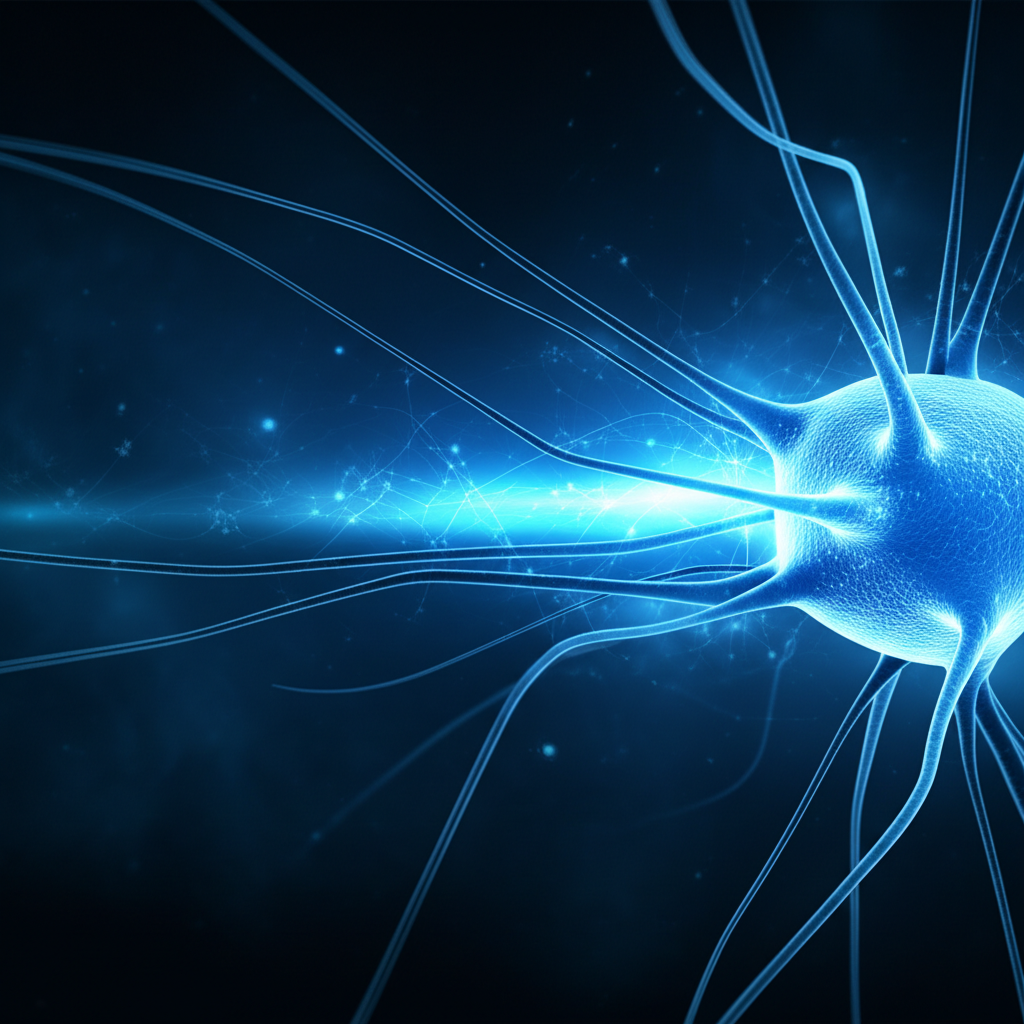Rehabilitation Technology: Advancing Human Recovery
Rehabilitation technology is improving the way people recover from injuries and illnesses. New innovations aim to restore lost functions and enhance overall well-being. These technologies are designed to be highly adaptable and sensitive, mirroring the complexity of the human body.
Improving Patient Outcomes
Advanced rehabilitation tools are helping patients regain mobility, strength, and coordination. These technologies include robotics, virtual reality, and wearable sensors. They provide personalized therapy and real-time feedback to optimize recovery.
Robotics in Rehabilitation
Robotic devices are used to assist patients with repetitive movements and exercises. These robots can be programmed to provide specific levels of assistance, tailoring the therapy to individual needs. This helps patients rebuild muscle strength and improve motor skills.
Virtual Reality for Therapy
Virtual reality (VR) offers immersive and engaging environments for rehabilitation. Patients can practice real-world tasks in a safe and controlled setting. VR therapy can improve balance, coordination, and cognitive function.
Wearable Sensors and Monitoring
Wearable sensors track patients’ movements and physiological data during rehabilitation. This information helps therapists monitor progress and adjust treatment plans accordingly. These sensors provide valuable insights into the effectiveness of different therapies.
Personalized Treatment Approaches
Rehabilitation technology enables personalized treatment approaches. Therapists can use data from sensors and other devices to tailor interventions to each patient’s unique needs. This leads to more effective and efficient recovery.
The Future of Rehabilitation
The future of rehabilitation technology is promising. Ongoing research and development are leading to even more advanced and sophisticated tools. These technologies will continue to improve patient outcomes and enhance the quality of life for people recovering from injuries and illnesses. In addition, new technologies can assist those with disabilities and improve their independence.
Accessibility and Affordability
Making rehabilitation technology accessible and affordable is a key goal. Efforts are underway to develop cost-effective solutions that can be widely adopted. This will ensure that more people can benefit from these innovative therapies. Meanwhile, researchers are working on ways to make these technologies user-friendly and easy to integrate into existing healthcare systems.
Source: miragenews.com




